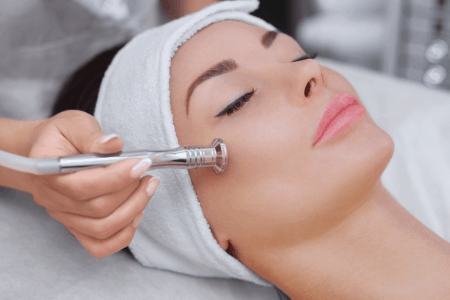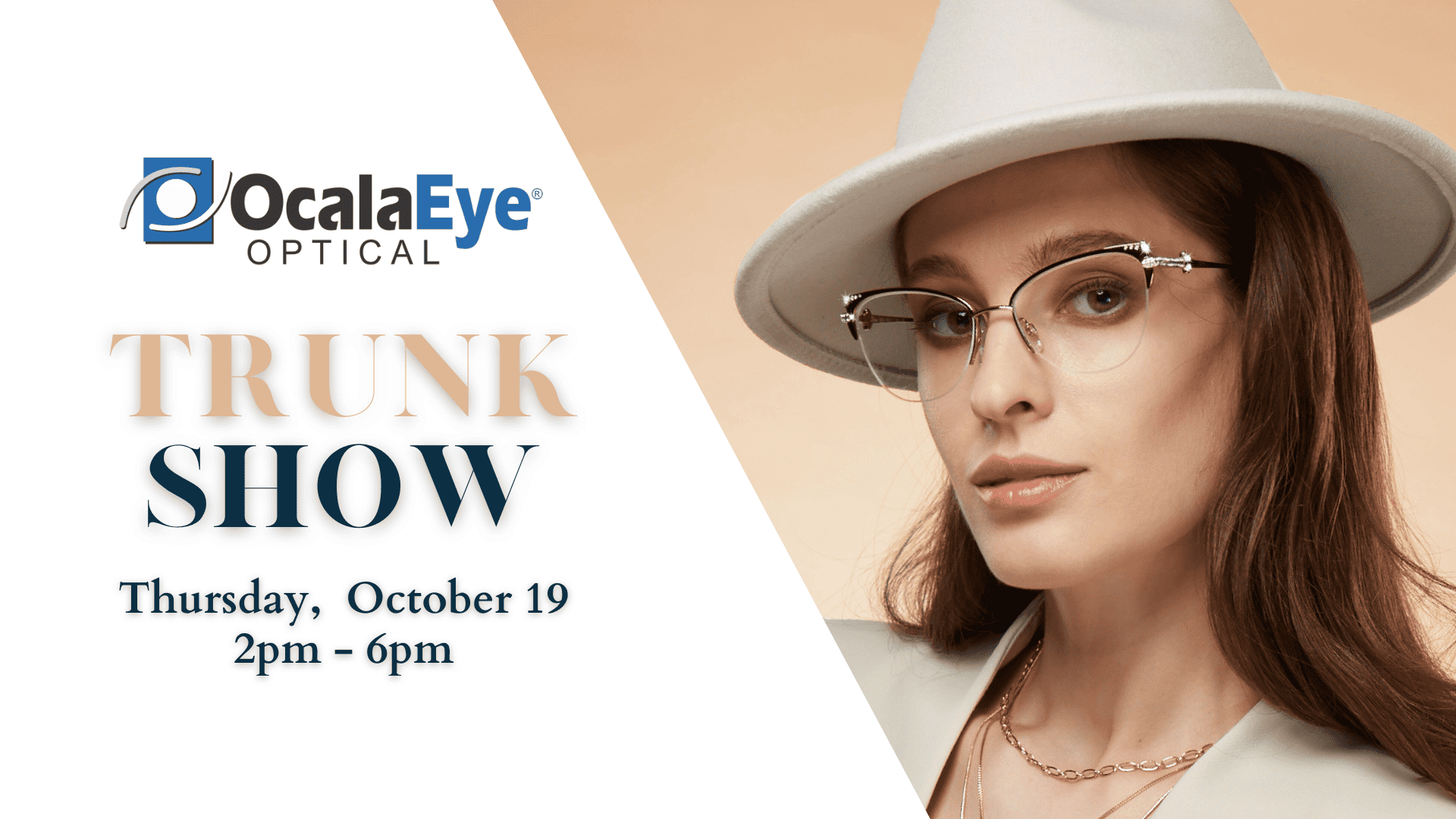 What is microdermabrasion?
What is microdermabrasion?- What are the benefits of microdermabrasion?
- Are there any risks associated with microdermabrasion?
- How long does microdermabrasion last?
- Is microdermabrasion the same as dermabrasion?
- Should I consider microdermabrasion?
If you are plagued by fine skin lines, shallow acne marks, or the beginnings of sun damage, microdermabrasion is a non-invasive cosmetic procedure to improve the texture of your skin. Just one treatment, and you’ll notice smoother skin. For minimal investment and no down time, microdermabrasion gives you a safe way to improve your appearance without surgery.
What is Microdermabrasion?
Microdermabrasion is a non-invasive cosmetic procedure to smooth your skin. If you break down the word microdermabrasion, you’ll understand the procedure.
- Micro means small
- Derm is the abbreviated term for dermis, or the skin
- Abrasion means the scraping away, in this case of skin
Put those terms together, and you will see that microdermabrasion uses instruments to make tiny skin abrasions to remove the top layer to reveal the clean, smooth skin underneath.
A microdermabrasion system typically contains a vacuum and pump, a connecting tube, and a handpiece. There are two types of microdermabrasion: microcrystal and diamond.
Microcrystal
During traditional microdermabrasion, also called microcrystal dermabrasion, the pump creates a pressured stream of crystals to abrade the skin, and the vacuum sucks up the crystals and exfoliated skin cells. The crystals that scrub the top layer of skin can consist of magnesium and aluminum oxide, sodium bicarbonate, aluminum oxide, or other materials.
The vacuum portion of this type of microdermabrasion gently lifts a small section of skin and scours it, stimulating blood circulation and creating mild skin swelling. Then the tool collects the dead skin and used crystals into the vacuum receptacle for disposal.
Diamond
This is a newer method of microdermabrasion but just as effective. Instead of releasing crystals, a diamond microdermabrasion system uses a roughened surface on the tip of the handpiece to smooth the skin, although we should note that the tip of the device isn’t actually coated in diamonds. The technician will move the hand piece over the skin in short, smooth passes that are repeated several times to get a better cleansing action. The diamond tip abrades the skin and the vacuum sucks away the debris.
In both treatments, you are left with smoother, softer skin that feels and looks fresh and rejuvenated.
What Are the Benefits of Microdermabrasion?
Here are the primary beneficial results of a microdermabrasion procedure:
- A brighter complexion
- Skin that allows skin care products to penetrate more deeply
- A more even skin tone
- Cleaner pores
- Acne prevention by removing dead skin cells from pores
- Reduced dark spots
- Smoother skin surface
- Stimulated skin cell production
- A reduced appearance of fine lines
- A boosted confidence
Microdermabrasion is a good technique for fighting aging. It reduces the appearance of fine wrinkles and facial lines. As we age, our skin loses elasticity, and microdermabrasion can correct mild skin laxity under the chin and in the cheeks.
Microdermabrasion also stimulates the skin’s natural regenerative characteristics by stimulating collagen production in the sub-dermal layers of the face. Collagen is known to provide structural support to your skin, so in promoting production of this vital protein, microdermabrasion tightens the face and can make you appear younger.
Are There Any Risks Associated With Microdermabrasion?
Side effects are minimal with this procedure. Your skin will turn pink, but that will go away within a few hours. You may have a slight bruising from the vacuum. However, you don’t need an anesthetic with this procedure; it’s pain free.
You may have some dry or peeling skin or feel like you have a mild sunburn or windburn on your face. We recommend good moisturizers and to avoid the sun for a week or two after the procedure and to wear a good quality sunscreen. Your skill will be more sensitive to the sun during this time.
The good news is there is little to no downtime after the microdermabrasion procedure. Just keep your skin hydrated and use gentle skin cleansing products. We usually tell patients to avoid topical acne medications for a day after the treatment.
What Does Microdermabrasion Treat?
Microdermabrasion can treat a variety of skin conditions including:
 Acne and acne scars
Acne and acne scars- Clogged pores
- Dull, dry skin
- Fine skin lines
- Pigmentation issues or dark spots
- Rough or uneven skin
- Skin laxity
Microdermabrasion can treat multiple skin issues simultaneously. That makes it an effective treatment because many people have sets of skin conditions that trouble them. For example, you could have both fine lines and old scarring from adolescent acne, or you could have both rough skin and dark spots. Microdermabrasion can handle all of these issues at the same time.
How Long Does Microdermabrasion Last?
Every person and every skin type are different, so we recommend a personalized consultation to talk about your goals. However, typically a once-per-month microdermabrasion will keep your skin looking and feeling its best.
But why should you have microdermabrasion every few weeks? Because human skin typically regenerates in about a 30-day interval. When you consider that the microdermabrasion procedure works by removing the top layer of skin including plaque and debris, multiple treatments will yield the best results.
Some patients have microdermabrasion weekly or once every eight weeks—and everything in between. You may decide with your doctor to do weekly sessions for the first month then transition to once a month in a maintenance regimen. This procedure is gentle, but effective, so your skin goals along with your budget are truly what dictate the frequency of your microdermabrasion procedure.
Is Microdermabrasion the Same as Dermabrasion?
Microdermabrasion and dermabrasion are not the same thing. Dermabrasion is a surgical procedure performed by a doctor to remove deep acne scars. It requires anesthesia and some recovery time. Microdermabrasion is so gentle it takes 30 minutes to an hour with no downtime involved and no surgery.
Should I Consider Microdermabrasion?
If you want your face to look its best and you’re worried about sun spots, age lines, acne scars, or dull skin, microdermabrasion is a good, low-cost but highly effective treatment. It’s a much less invasive procedure than a chemical peel or a laser resurfacing procedure.
We see both teenaged patients and adults up to age 65. While there’s no age limit on the procedure, if you’re over 70, your skin would be more susceptible to bruising from the vacuum procedure.
Contact the Ocala Eye aesthetics team to find out more about whether this non-invasive but effective procedure is the right fit for you.




